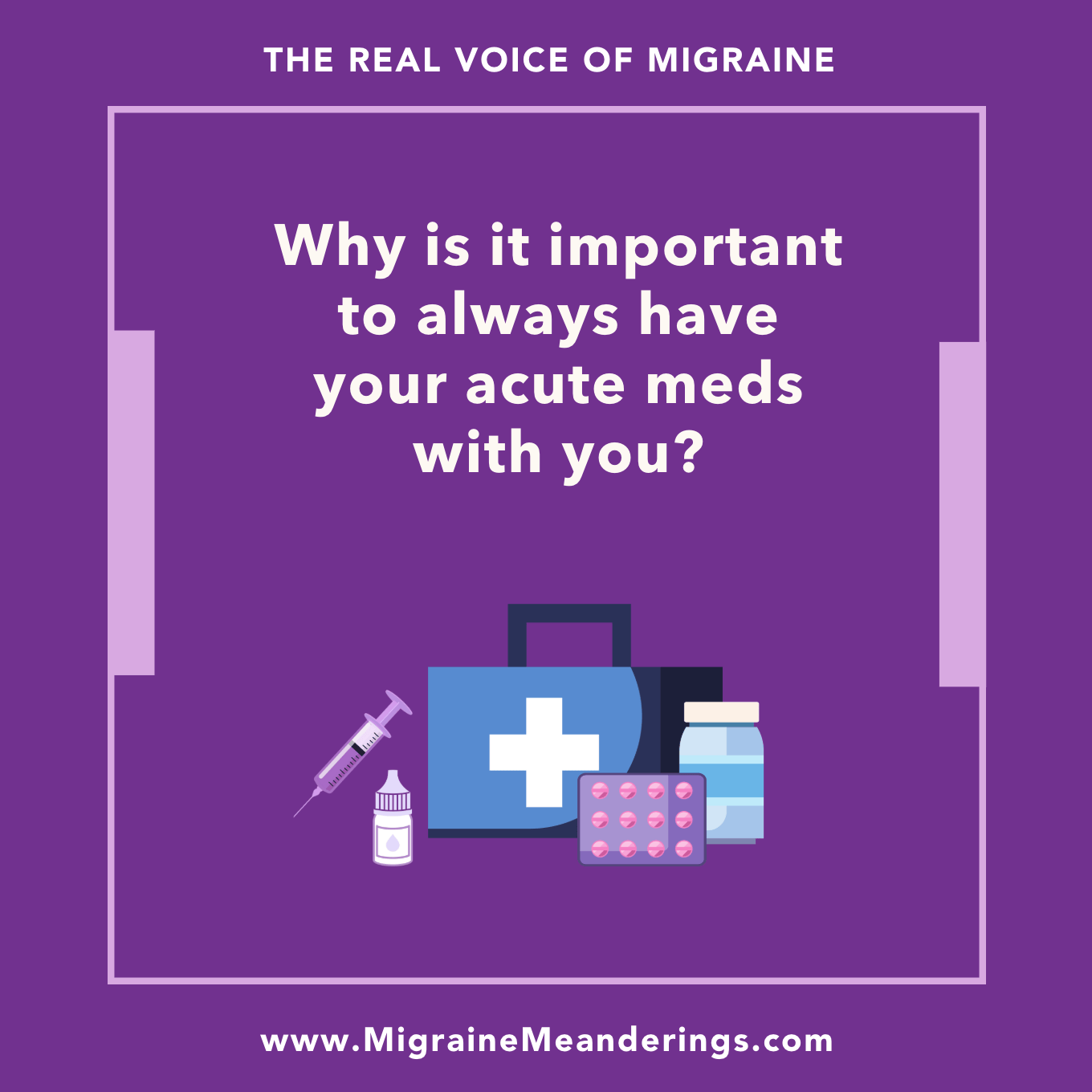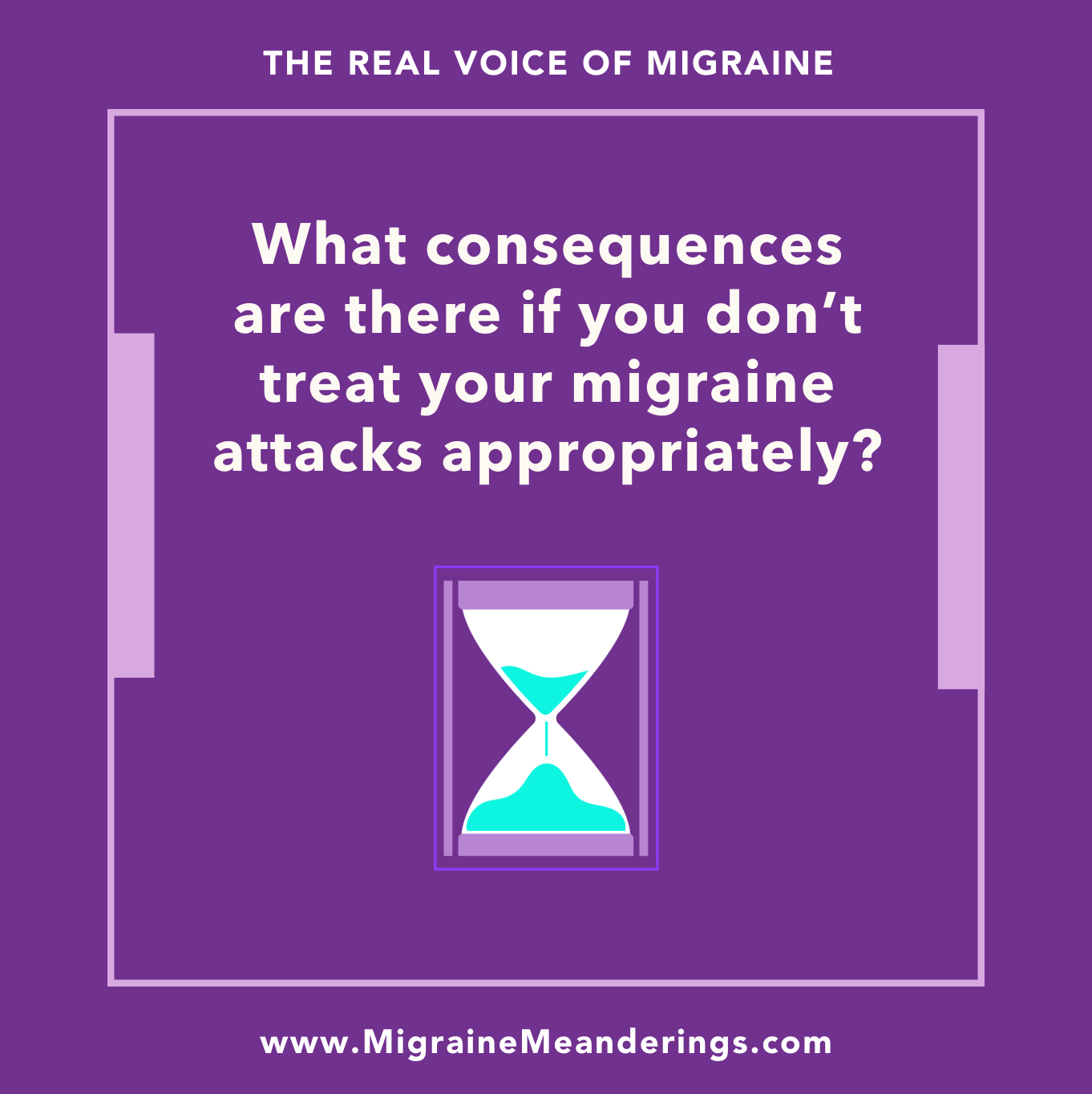Without a good treatment strategy, migraine can significantly disrupt your daily life and potentially worsen over time - known as chronification. An effective plan should help you become pain-free within two hours and remain pain-free for at least 24 hours, for all your migraine attacks! What is not always realized is that many people need more than one acute treatment available either to use in combination with each other, and/or to use sequentially. This way, if an attack is not easily stopped you have a second or third step to try without having to resort to Urgent Care or the Emergency Room, or trying to reach your clinician's office out of hours!
If you live with migraine, talking with your clinician about acute treatment options ahead of time is key. To help with that conversation, we encourage you to download our Migraine Treatment Toolbox as well as our fillable Migraine Action Plan. We also have an Attack-Based Care Guide that goes into more detail about how to optimize your treatment approach depending on variables for any specific attack. Learn more and expect more from your migraine treatment plan!
Featured Blog:
Migraine and the Brain-Gut Connection
Migraine attacks differ. How you treat them should differ too.
Not all migraine attacks are the same. Treatment plans may differ based on many different factors including: the timing of the attack, the pain level, the symptoms, the triggers, and your responsibilities that day. Use our Attack-Based Care Guide to help you figure out how best to treat your next attack.
Build Your Acute Treatment Plan
A well-rounded migraine action plan should include a combination of acute treatment options. Talk to your doctor about prescribing a mix of the following categories so you are prepared for varying attacks.




“Somehow, the idea that acute treatment is supposed to really work well is some kind of a secret for a lot of people. Apparently, many prescribers don’t understand… that this is an achievable goal.”
—Christopher H. Gottschalk, MD

Acute Treatment Options
General Information
About Dr. Gottschalk

Christopher H. Gottschalk is currently Director of the Yale Headache & Facial Pain program and Chief of the section of General Neurology. He was UCNS board-certified in Headache Medicine in 2012 and was made Fellow, AHS, in 2014, where he is active in curriculum development, working to establish milestones for Headache Medicine knowledge and practice.
Dr. Gottschalk’s primary research interest is in education—from neurology trainees and Primary Care physicians to the general public—regarding the facts of headache disorders and the fictions that interfere with their recognition and treatment.







